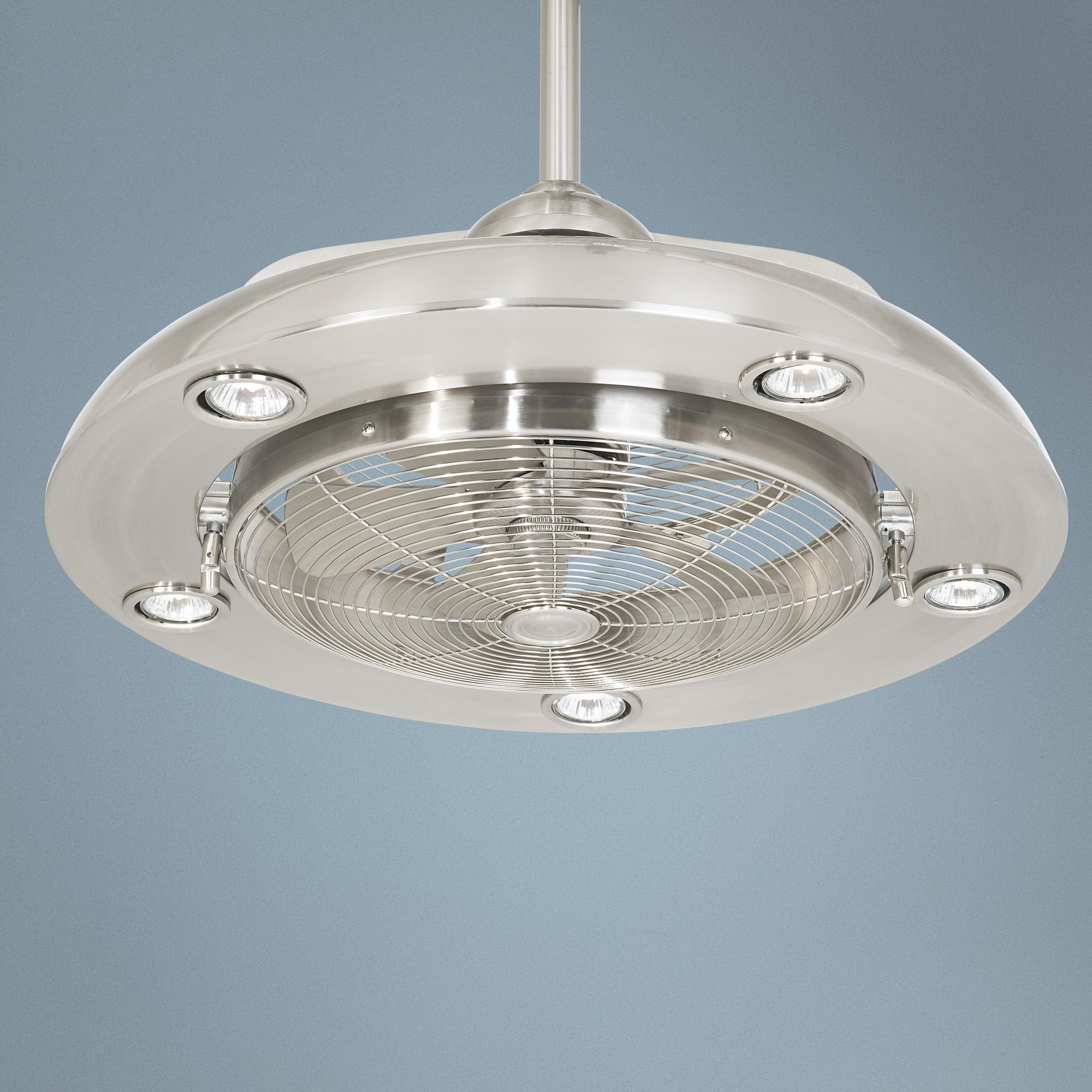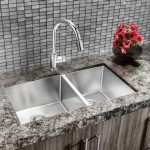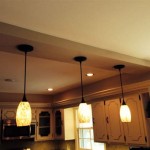Kitchen ceiling exhaust fans are a great way to keep your kitchen cool and ventilate smoke, steam, and odors. Installing a kitchen exhaust fan can help you maintain a healthy and safe kitchen environment. There are several different types of kitchen exhaust fans that you can choose from, so it is important to understand the features and benefits of each type before making a purchase. This article will provide an overview of kitchen ceiling exhaust fans and discuss the various types available.
Types of Kitchen Ceiling Exhaust Fans
There are several different types of kitchen ceiling exhaust fans that you can choose from, depending on your needs and the size of your kitchen. The most common types are wall-mount fans, ceiling mount fans, and range hood fans. Wall-mount fans are mounted on the wall and are typically used for small kitchens that do not have a lot of counter space. Ceiling mount fans are mounted directly to the ceiling and are ideal for larger kitchens. Range hood fans are mounted above the stove and are designed to pull smoke, odors, and steam away from the cooking surface.
Benefits of Kitchen Ceiling Exhaust Fans
Kitchen ceiling exhaust fans are beneficial for a number of reasons. One of the main benefits is that they help to reduce the amount of airborne contaminants in the kitchen. This is especially important for homes with young children, seniors, and people with allergies or asthma. Kitchen ceiling exhaust fans also help to reduce the amount of moisture in the air, which can help to prevent the growth of mold and mildew. Additionally, exhaust fans can help to reduce the temperature in the kitchen by circulating the air.
Installation of Kitchen Ceiling Exhaust Fans
Installing a kitchen ceiling exhaust fan is a relatively simple process. Most fans come with installation instructions, but if you are unsure, it is recommended that you hire a qualified electrician to do the job. The fan should be securely mounted to the ceiling and wired to the electrical supply. Additionally, the fan should be connected to a ductwork system to ensure proper ventilation. Once the fan is installed, it should be tested to make sure it is working correctly.
Maintenance of Kitchen Ceiling Exhaust Fans
In addition to installation, it is important to keep your kitchen ceiling exhaust fan properly maintained. Make sure to inspect the fan and the ductwork regularly for signs of wear and tear. It is important to clean the fan regularly to remove any dust or debris that may have collected. Additionally, it is important to clean the ductwork to ensure that the air is being properly circulated and that the fan is working efficiently.















Related Posts








